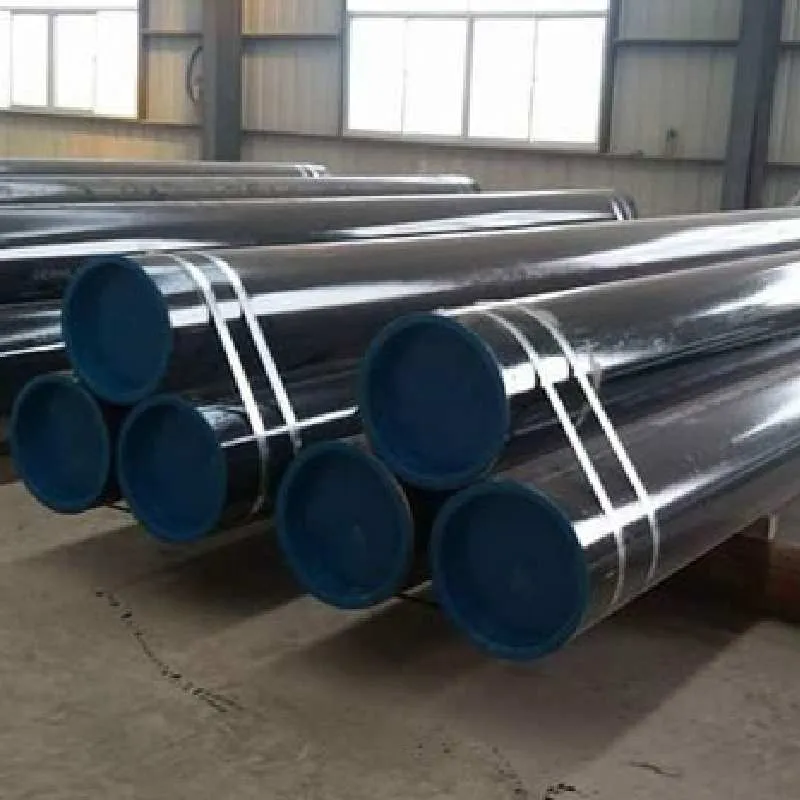-
Cangzhou Yulong Steel Co., Ltd.
-
Phone:
+86 13303177267 -
Email:
admin@ylsteelfittings.com
- English
- Arabic
- Italian
- Spanish
- Portuguese
- German
- kazakh
- Persian
- Greek
- French
- Russian
- Polish
- Thai
- Indonesian
- Vietnamese
- Zulu
- Korean
- Uzbek
- Hindi
- Serbian
- Malay
- Ukrainian
- Gujarati
- Haitian Creole
- hausa
- hawaiian
- Hebrew
- Miao
- Hungarian
- Icelandic
- igbo
- irish
- Japanese
- Javanese
- Kannada
- Khmer
- Rwandese
- Afrikaans
- Albanian
- Amharic
- Armenian
- Azerbaijani
- Basque
- Belarusian
- Bengali
- Bosnian
- Bulgarian
- Catalan
- Cebuano
- China
- China (Taiwan)
- Corsican
- Croatian
- Czech
- Danish
- Esperanto
- Estonian
- Finnish
- Frisian
- Galician
- Georgian
- Kurdish
- Kyrgyz
- Lao
- Latin
- Latvian
- Lithuanian
- Luxembourgish
- Macedonian
- Malgashi
- Malayalam
- Maltese
- Maori
- Marathi
- Mongolian
- Myanmar
- Nepali
- Norwegian
- Norwegian
- Occitan
- Pashto
- Dutch
- Punjabi
- Romanian
- Samoan
- Scottish Gaelic
- Sesotho
- Shona
- Sindhi
- Sinhala
- Slovak
- Slovenian
- Somali
- Sundanese
- Swahili
- Swedish
- Tagalog
- Tajik
- Tamil
- Tatar
- Telugu
- Turkish
- Turkmen
- Urdu
- Uighur
- Welsh
- Bantu
- Yiddish
- Yoruba

Oct . 07, 2024 01:45 Back to list
en 1092 1 flange dimensions
A Comprehensive Guide to EN 1092-1 Flange Dimensions
Flanges are a critical component in various piping systems, providing a reliable means of assembling pipe sections and ensuring a secure, leak-proof connection. Among the various standards governing flange dimensions, the EN 1092-1 standard stands as one of the most widely recognized in Europe. This article will explore the essential aspects of EN 1092-1 flange dimensions, emphasizing their importance, types, and applications.
Understanding EN 1092-1 Standard
EN 1092-1 is a European standard that outlines the specifications for circular flanges used in pipelines, catering specifically to metal flanges. It encompasses a wide range of flange types, including those with flat faces, raised faces, and those designed for special applications. The standard ensures uniformity and compatibility in flange manufacturing and usage, promoting safety and efficiency in industrial processes.
Types of Flanges
Under the EN 1092-1 standard, several flange types are defined
1. Type 1 - Flat Flange This type features a flat surface and is commonly used for connecting non-piping equipment. 2. Type 2 - Raised Face Flange This design has a raised portion around the bolt holes, improving sealing capabilities and is prevalent in high-pressure environments. 3. Type 3 - Blind Flange Primarily used to seal pipe ends, blind flanges do not have a center hole, making them suitable for closing off sections of piping. 4. Type 4 - Lap Joint Flange These flanges are used in conjunction with a stub end and are ideal for applications requiring frequent disassembly.
Dimensional Specifications
en 1092 1 flange dimensions

EN 1092-1 provides critical information regarding flange dimensions, including the diameter, thickness, bolt hole size, and spacing. Each flange type is assigned specific dimensions marked under various PN ratings (Pressure Nominal). For instance, a PN10 type flange will have different dimensions compared to a PN40 type flange, indicating its pressure handling capacity.
1. Diameter The outer diameter of the flange is a crucial dimension, affecting the compatibility with the piping system. Common sizes range from DN 10 to DN 2000, with various intermediate sizes available. 2. Thickness The thickness of the flange must also align with the pressure rating, influencing the strength and durability of the connection. 3. Bolt Hole Diameter and Spacing The size of the bolt holes and their arrangement around the flange are standardized to ensure that flanges can be securely fastened together using compatible bolts.
Material Considerations
Flanges under EN 1092-1 can be manufactured from various materials, including carbon steel, stainless steel, and alloys, depending on the specific application's requirements. The choice of material impacts not only durability but also resistance to corrosion and pressure handling capabilities.
Applications
EN 1092-1 flanges are widely used in multiple industries, including oil and gas, water treatment, chemical processing, and power generation. They are essential in constructing pipelines, pressure vessels, and equipment requiring secure mechanical connections. Their versatility allows for applications that demand not only structural integrity but also safety under high-pressure conditions.
Conclusion
In summary, understanding EN 1092-1 flange dimensions is paramount for engineers, designers, and those involved in the manufacturing of piping systems. The standard's comprehensive guidelines ensure that flanges maintain safety and performance across various industrial applications. By adhering to these dimensions, companies can assure compatibility and efficiency in their piping networks, ultimately leading to improved operational reliability. Whether specifying flanges for new projects or replacing existing components, the EN 1092-1 standard provides a critical reference for maintaining the integrity of piping systems worldwide.
Latest news
-
ANSI 150P SS304 SO FLANGE
NewsFeb.14,2025
-
ASTM A333GR6 STEEL PIPE
NewsJan.20,2025
-
ANSI B16.5 WELDING NECK FLANGE
NewsJan.15,2026
-
ANSI B16.5 SLIP-ON FLANGE
NewsApr.19,2024
-
SABS 1123 FLANGE
NewsJan.15,2025
-
DIN86044 PLATE FLANGE
NewsApr.19,2024
-
DIN2527 BLIND FLANGE
NewsApr.12,2024
-
JIS B2311 Butt-Welding Fittings LR/SR 45°/90° /180°Seamless/Weld
NewsApr.23,2024











